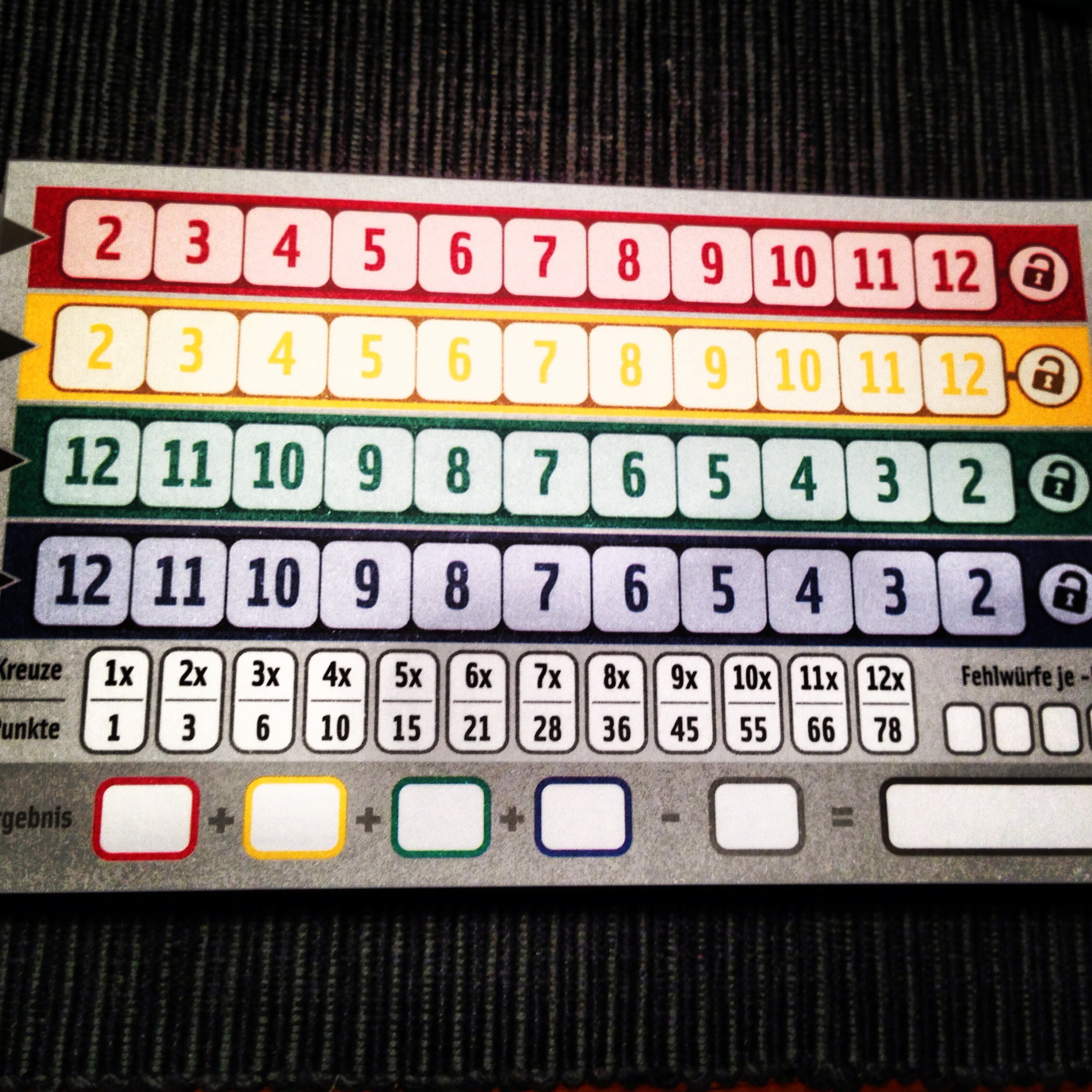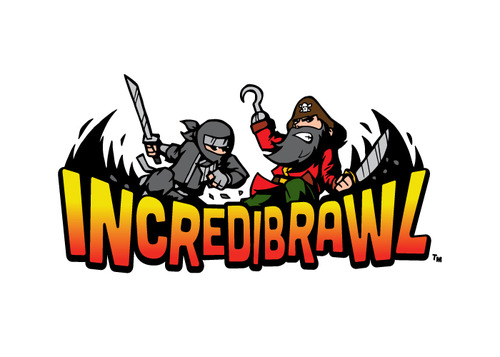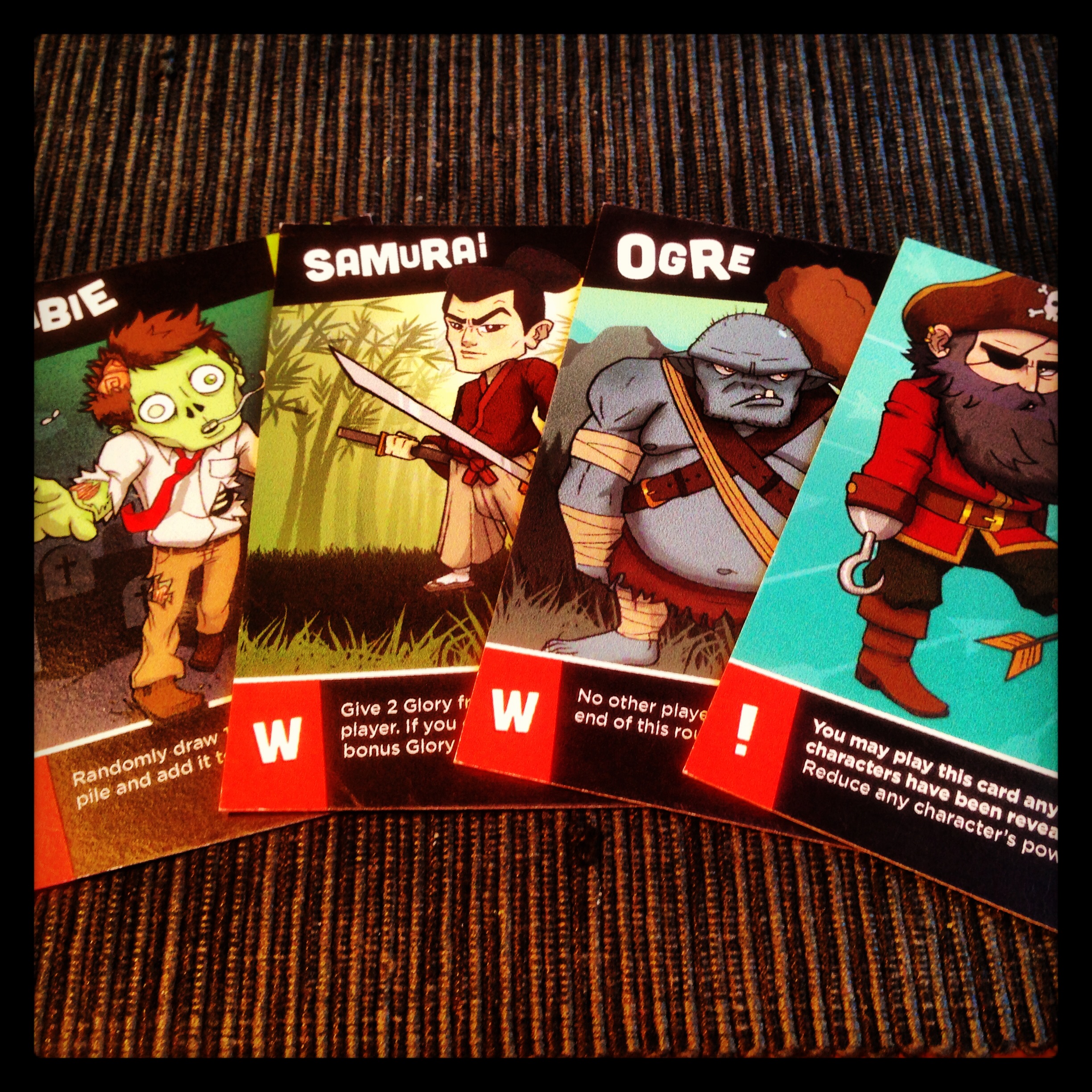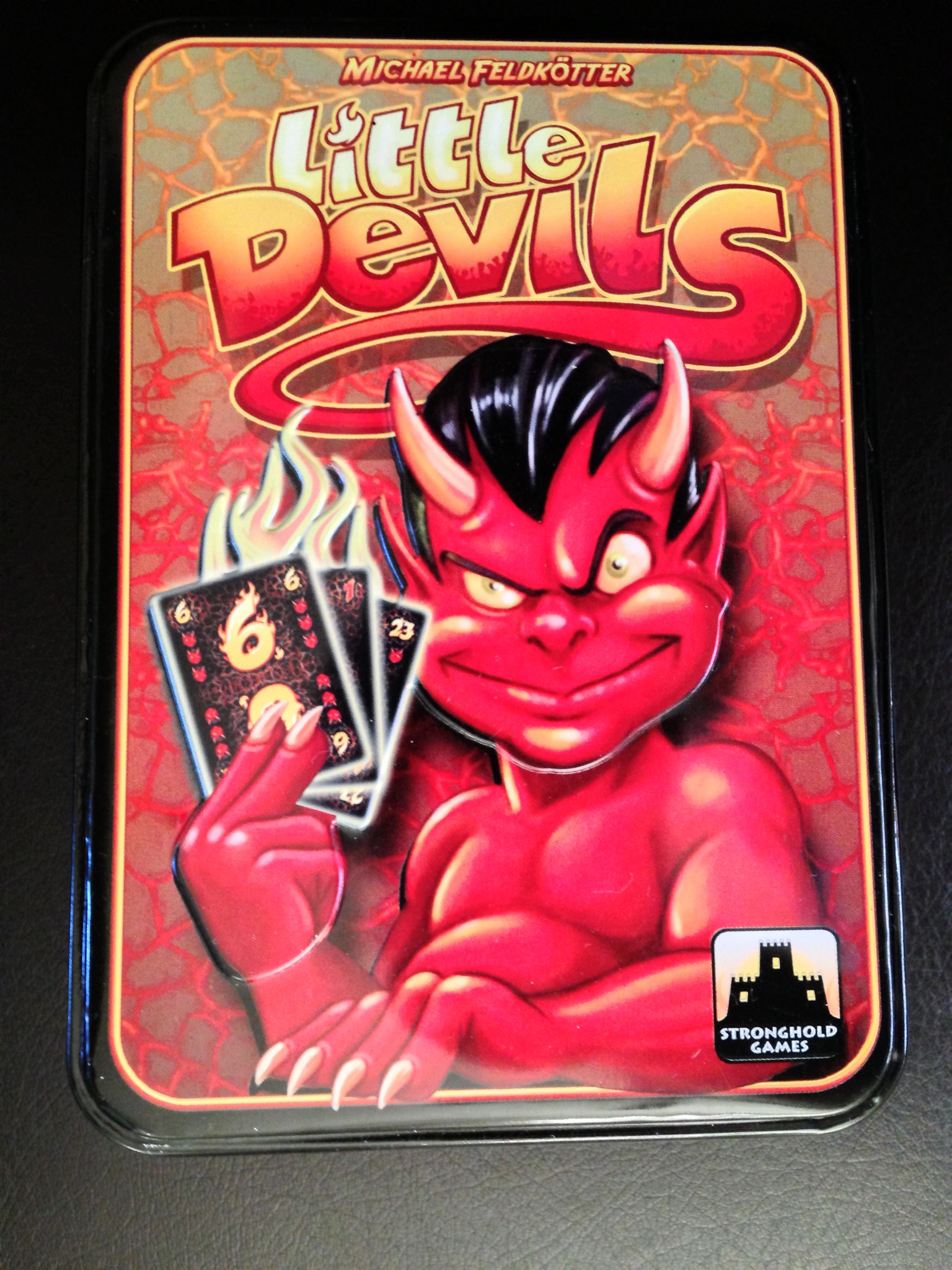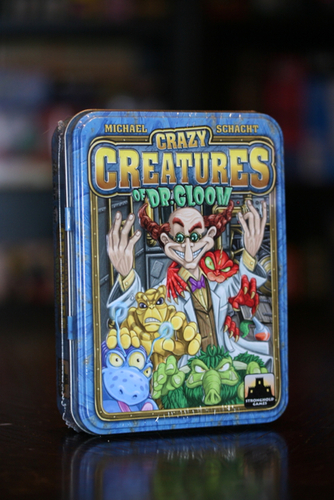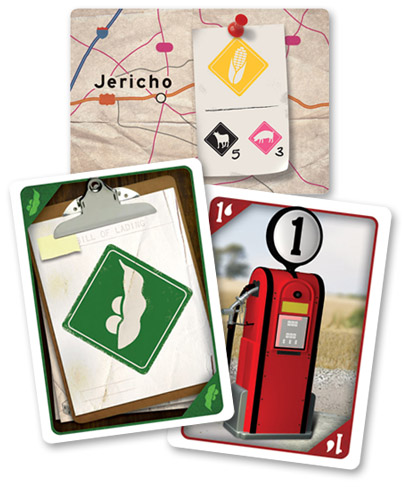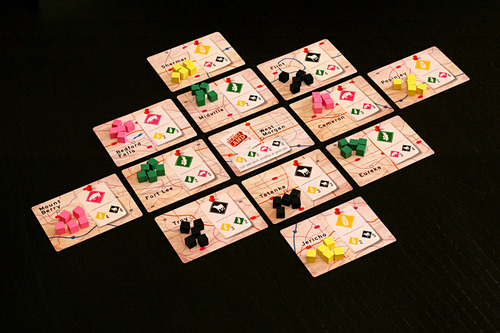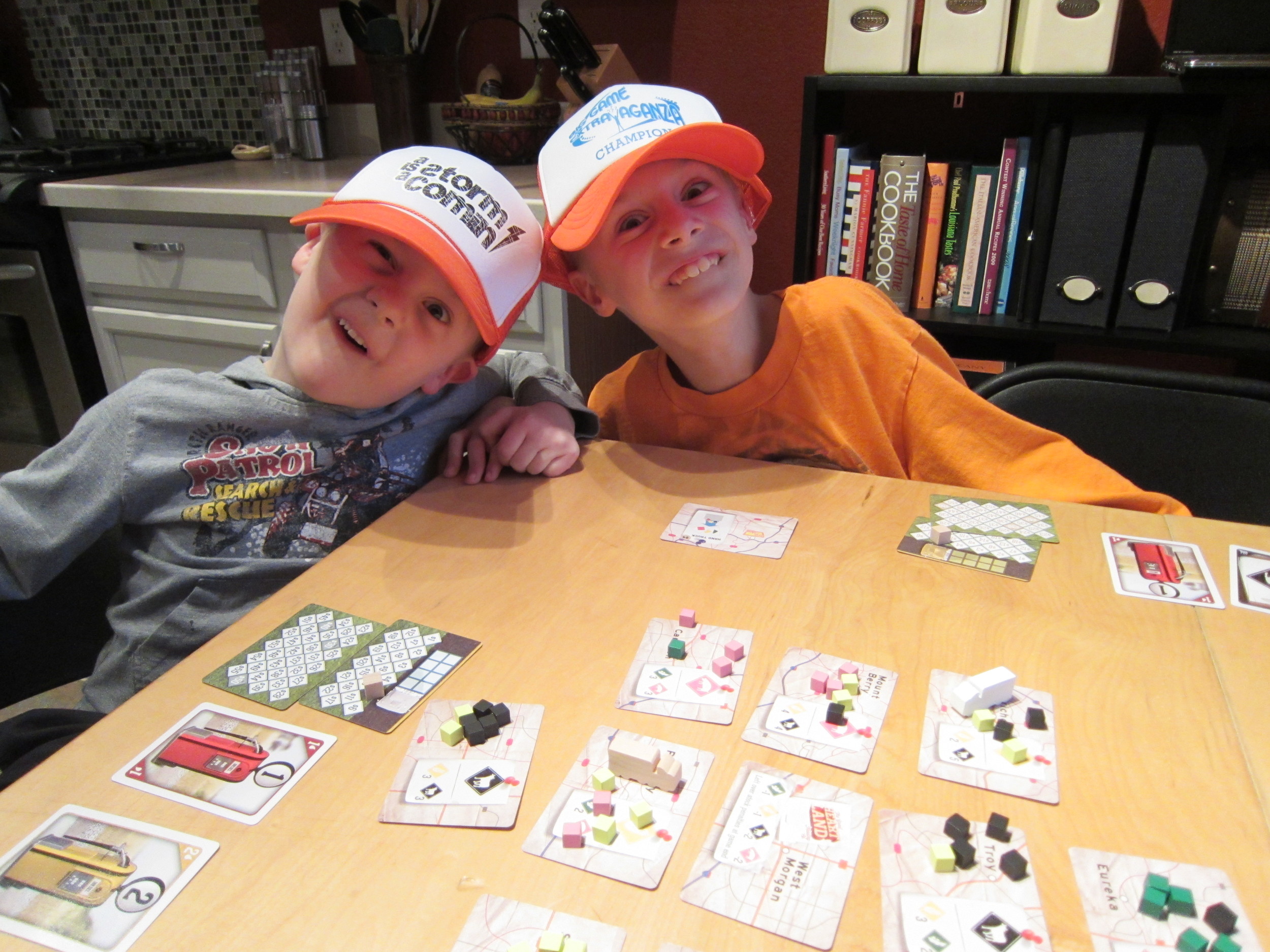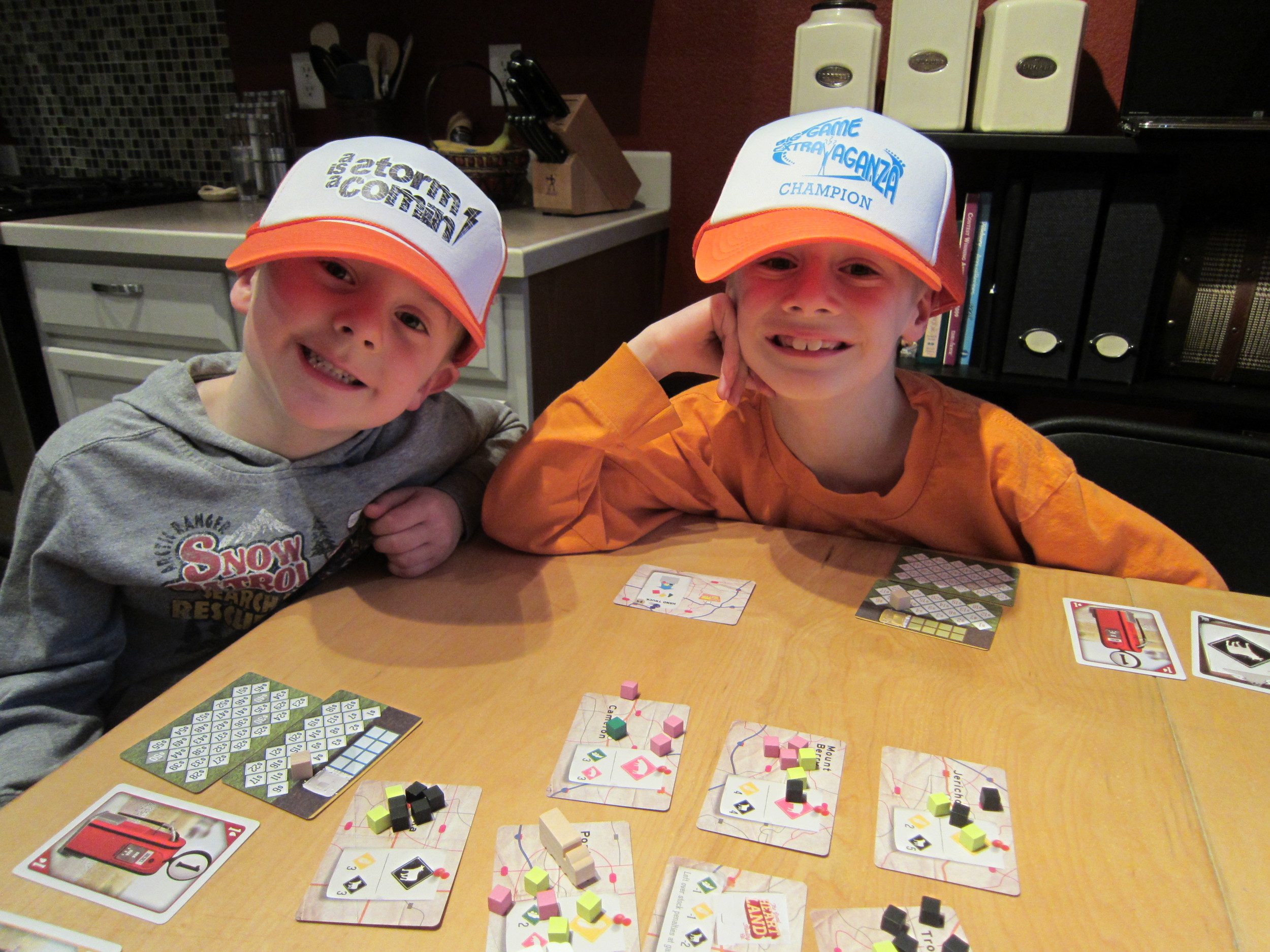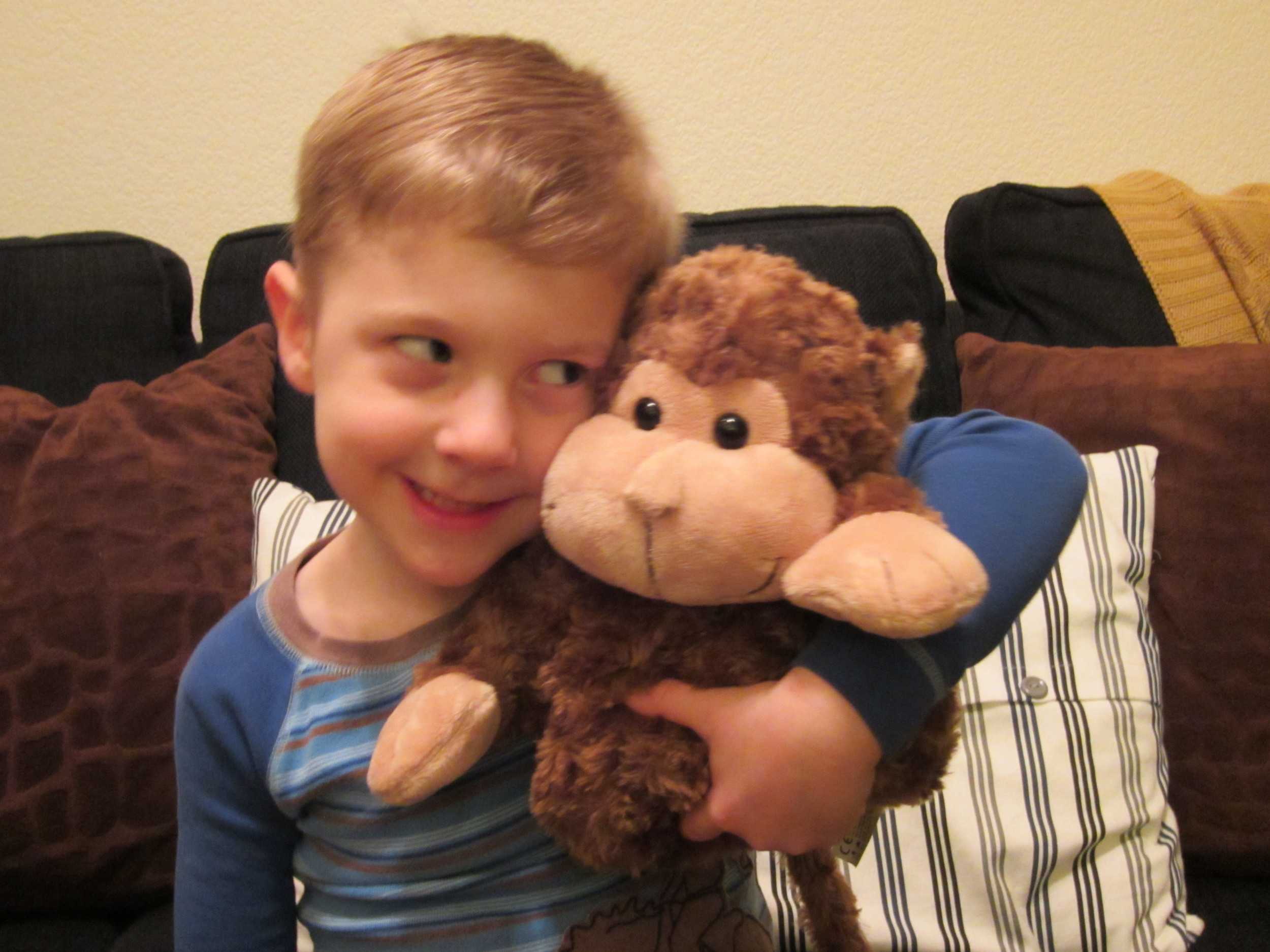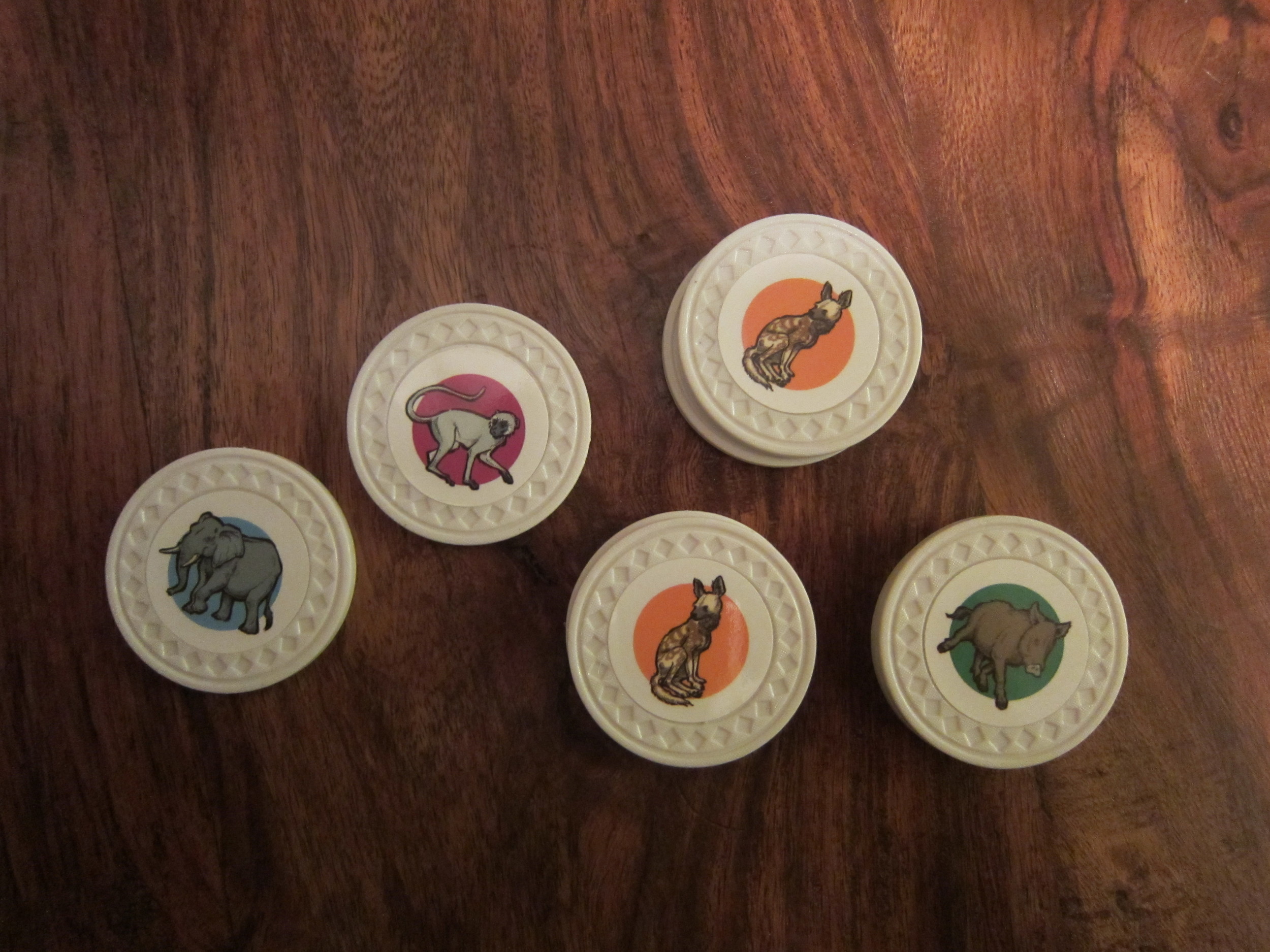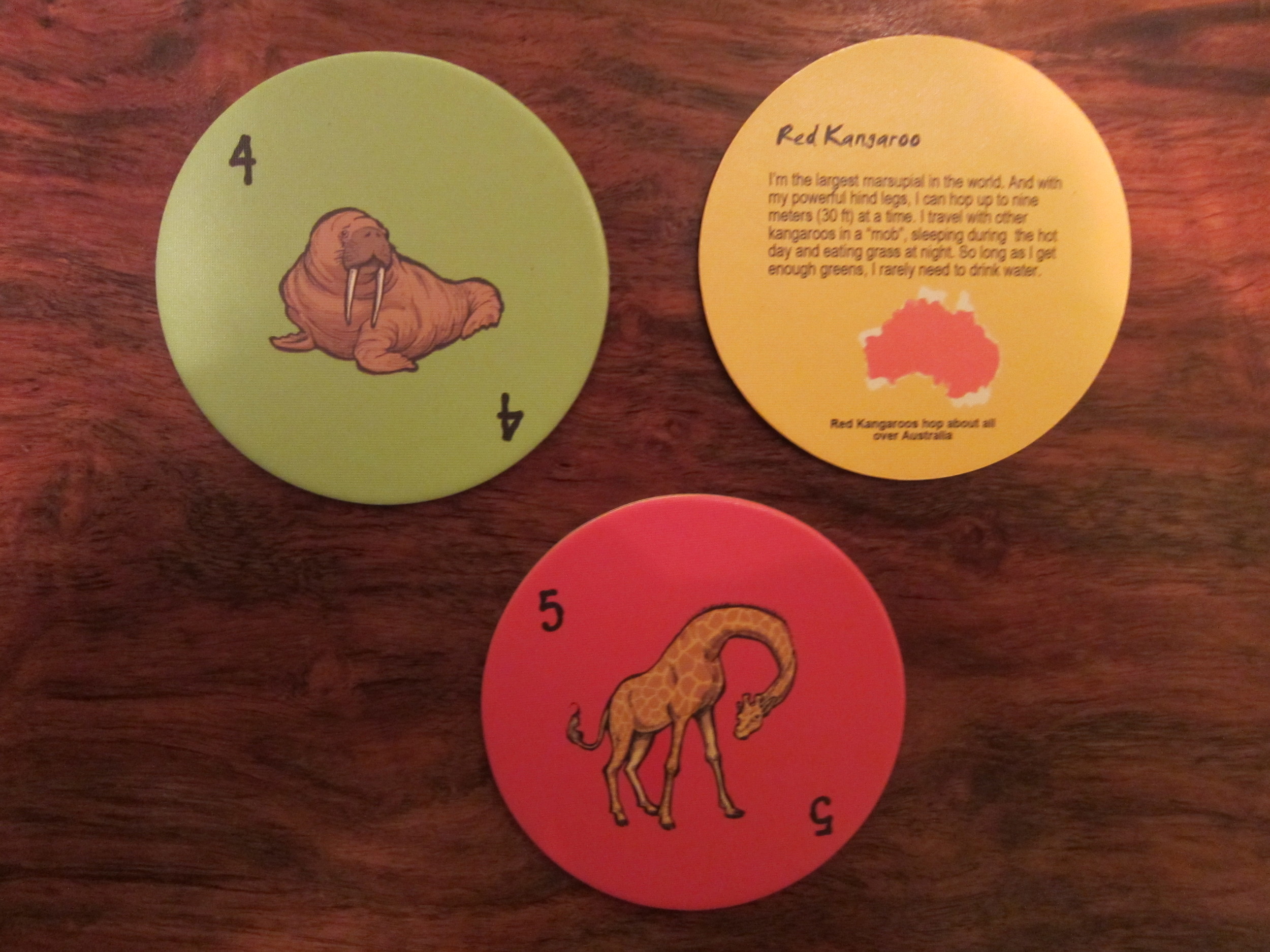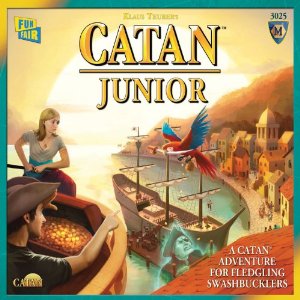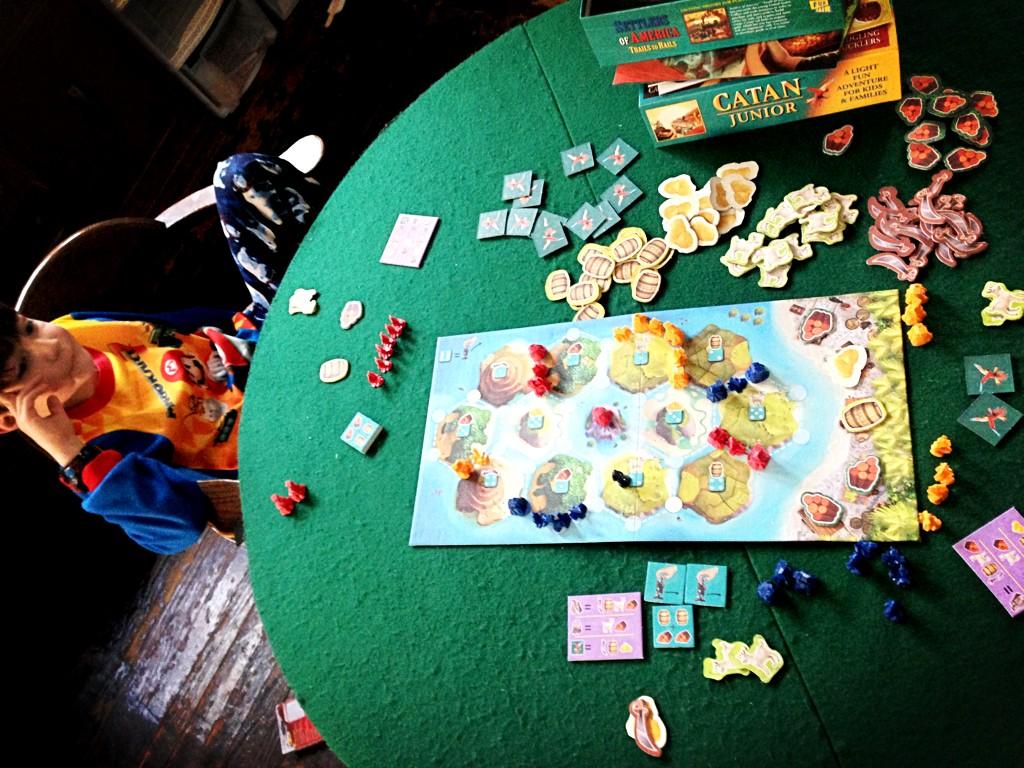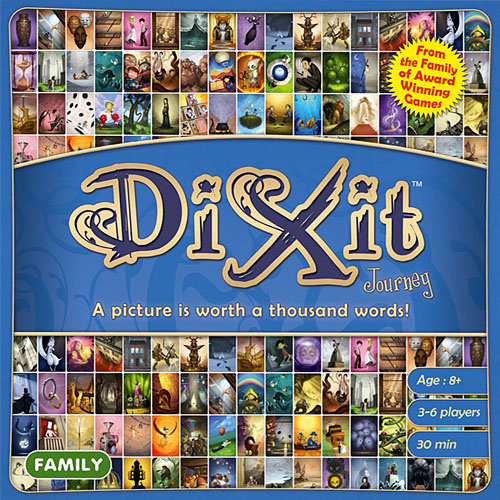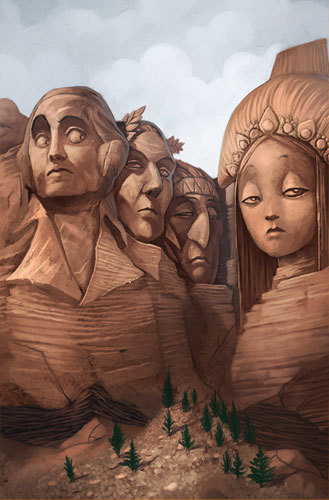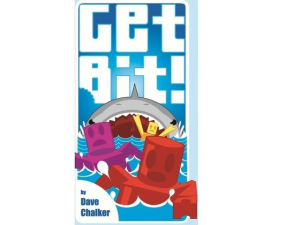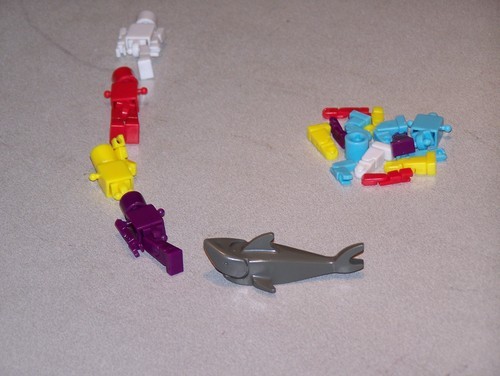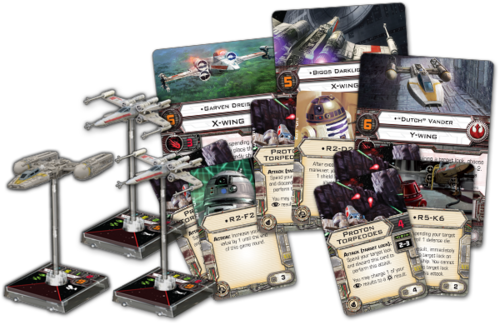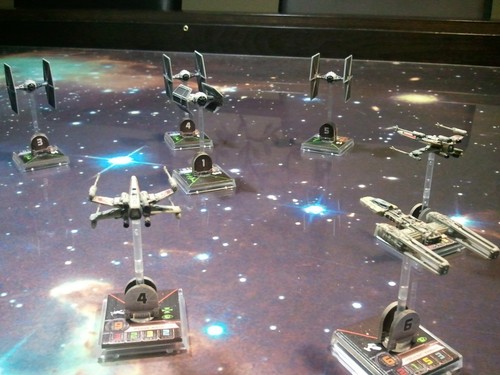Qwixx—A Review of the Spiel des Jahres Nominee
/By Firestone There were three games on the nominee list for the German Game of the Year award (or Spiel des Jahres). We reviewed the eventual winner, Hanabi, last week. But what about the others? Well I don't know anyone who owns Augustus, so we might not get to that one for a while. But I did manage to snag a copy of the third nominee—Qwixx. Was this dice-fest deserving of a nomination? Should it have won? Let's find out!
Specs
Designer: Steffan Benndorf
Play time: 15 minutes
Number of players: 2-5
Recommended age: 8 and up—but I've played it a 5-year-old who can hold his own with some coaching.
Components
6 standard 6-sided dice: 2 white, 1 blue, 1 yellow, 1 green, and 1 red.
1 score pad
Rules
Setup
Each person grabs one sheet from the score pad, and then you choose a start player. Easy, innit?!
Gameplay
Before we did into gameplay, I need to explain the scorepad, since that's where the game really happens. As you can see from the image, the numbers move from left to right, with red and yellow going from 2 to 12, and green and blue going from 12 to 2. As the game progresses, you'll be crossing off these numbers. The kicker in this game is that once you cross off a number, you can only move to the right to cross off subsequent numbers. So if you start with a yellow 4, say, you'll never be able to go back and cross off 2 and 3. You can always skip numbers, too, so you could cross off 4, and then 6 in a later turn—but you're never crossing off that 5.
On a person's turn, he or she rolls all of the dice, and announces the sum of the two white dice aloud (or everyone can simply look at those dice...). Everyone in the game can then take that number as a "wild" color and cross off the corresponding number in any available color. It's completely optional. Then the active player can choose one of the white die and pair it with one of the colored die to create a "color number" he or she can use to cross off on the sheet. So the active player will be able to cross off up to two numbers, and each other player will have the option to cross off one number.
If you are unable—or unwilling—to cross off at least one number on your turn, you have to check one of the four boxes on the lower right of the core sheet. These are Failure boxes, and are each worth -5 points at the end of the game.
If you have at least five numbers already crossed off in a color, you are allowed—any time you roll the correct number–to cross off the rightmost number, and then the lock symbol next to it. This locks that color, and you remove the corresponding color die from the game. The game continues until either two of the colors are locked, or one person fills in all four of their Failure boxes, in which case the game ends immediately.
The scoring based on how many numbers you've crossed off in each color, not the value of the numbers. One is worth 1Vp, two is worth 2 VPs, three is worth 6, four is worth 10, and so on... You add up the positive, subtract five for each Failure, and the winner is the person with the highest score!
The Verdict
Look, there aren't huge, strategic decisions to be made here. It's a filler, and a family game—that's why it was up for the Family Game of the Year Award! I like that there's something to do on everyone's turn—and that he decision on other people's turns is actually important. You can just blindly cross off the number on your pad that matches what was just rolled. But will that limit you when it's your turn, and force you to possibly take a Failure? Small decisions, but decisions nonetheless. Yes, it has dice and luck, but it manages the luck in an interesting way.
My family likes the game quite a bit—even my wife! The boys especially love rolling the dice into my dice tower. The 5-year-old still needs some help making decisions about whether to cross something off, but he's still able to play just fine. And after one game he knew how to start counting up his score and putting the correct number in the correct box.
My gamer friends liked it, too—even the ones who hate dice! It's a filler game that's truly filler length; this will be in my game tub for a long, long time.
If I had one complaint it's that there's only one score pad in the box, when it would clearly fit two. Yes, this would increase the cost, but you're already charging me ~12 for six dice and a score pad—I think you can throw another pad in...
Recommendation
Put It on the Table! This game would work with any group: kids, family, youth group, nongamers, and gamers. It's very cheap, and there's no reason not to have a copy of this at every game night.
The Final Verdict
This has been a hit with every group I've played it with. It's cheap, fast, portable, and fun. Pick up a copy!


